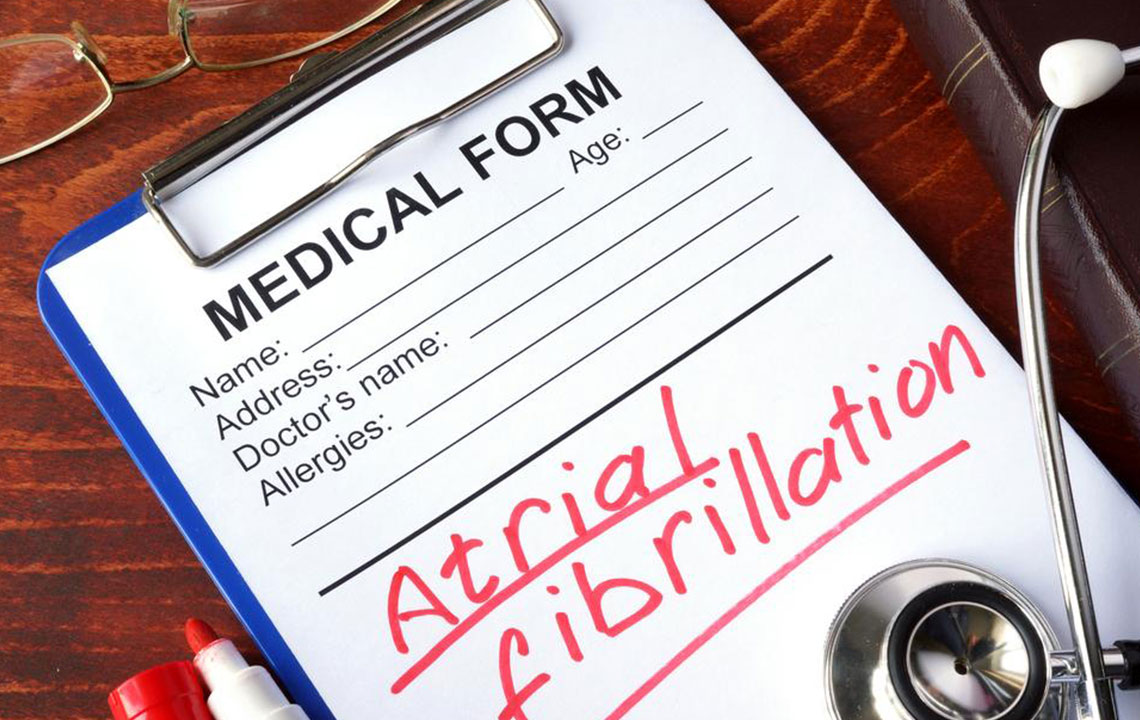Comprehensive Guide to Carotid Artery Blockage: Symptoms, Risks, and Treatment Strategies
This comprehensive guide explores carotid artery blockage, detailing symptoms, risk factors, diagnostics, and treatment options. Emphasizing early detection and lifestyle improvements, it aims to educate readers on preventing strokes caused by carotid artery disease. Learn how medical advances and proactive health management can reduce risks and improve outcomes for those affected by this serious condition.

Comprehensive Guide to Carotid Artery Blockage: Symptoms, Risks, and Treatment Strategies
The carotid arteries are major blood vessels situated on each side of the neck, playing a critical role in supplying oxygen-rich blood from the heart to the brain, face, and neck regions. These arteries are vital for maintaining proper brain function and overall neurological health. Each side of the neck contains one carotid artery, which can be felt as a pulse near the windpipe through gentle fingertip pressure. These arteries are crucial for life, but they are susceptible to atherosclerosis— the buildup of fats, cholesterol, calcium, and inflammatory cells—leading to a condition known as carotid artery stenosis or narrowing of the arteries.
This accumulation of plaque within the carotid arteries leads to a condition known as carotid artery disease, which significantly increases the risk of stroke, a leading cause of death and disability worldwide. Recognizing early symptoms, understanding the risk factors involved, and seeking prompt medical intervention are essential steps in preventing severe complications. This comprehensive guide aims to provide detailed insights into what causes carotid artery blockage, how it manifests, and the most effective treatment options available.
What Is Carotid Artery Disease?
Carotid artery disease is a form of atherosclerosis that affects the arteries responsible for delivering oxygenated blood to the brain. Over time, fatty deposits and other debris build up on the arterial walls, causing plaques that narrow or block the artery—reducing blood flow and risking blood clots, which can lead to strokes. The severity of the blockage varies; some individuals might have minor narrowing, while others experience significant obstructions that compromise blood flow critically.
Symptoms of Carotid Artery Blockage
Many individuals with carotid artery stenosis are asymptomatic in the early stages, making regular screening vital, especially for those with risk factors. When symptoms do manifest, they often come suddenly and can be quite severe. Common signs include:
Sudden, intense headaches
Blurred or dim vision in one or both eyes
Numbness or weakness on one side of the body
Confusion or difficulty understanding speech
Sudden loss of speech or drooping facial muscles
Problems with swallowing or dizziness
Risk Factors for Developing Carotid Artery Blockage
Understanding what increases the likelihood of developing carotid artery disease is crucial for prevention. Some of the main risk factors include:
Smoking tobacco or exposure to other pollutants
High blood pressure (hypertension)
High cholesterol levels
Diabetes mellitus
Obesity and poor dietary habits
Physical inactivity
Advanced age, typically over 55
Family history of cardiovascular disease
Diagnosis of Carotid Artery Disease
Screening for carotid artery disease involves various non-invasive and invasive procedures. Ultrasound Doppler imaging is the most common, allowing physicians to assess blood flow and detect plaques and narrowing. Further diagnostic tests include magnetic resonance angiography (MRA) or computed tomography angiography (CTA) for detailed visualization of arterial structure. In some cases, cerebral angiography may be performed for precise mapping, especially before surgical interventions.
Effective Treatments for Carotid Artery Blockage
Managing carotid artery stenosis requires a tailored approach based on the severity of the blockage and the patient’s overall health. Treatment options include lifestyle modifications, medications, and surgical procedures.
Lifestyle Changes
Adopting a heart-healthy lifestyle is fundamental in preventing progression or recurrence. This involves quitting smoking, maintaining a balanced diet low in saturated fats, red meats, and processed foods, exercising regularly, managing weight, and controlling blood pressure and cholesterol levels through appropriate medications and diet.
Medications
Patients are often prescribed antiplatelet agents such as aspirin to prevent blood clots, statins to lower cholesterol, antihypertensive drugs to control blood pressure, and other medications to manage diabetes and related conditions. These drugs help stabilize plaques and reduce the risk of stroke.
Surgical and Minimally Invasive Procedures
In cases of significant blockage—typically over 70%—surgical intervention may be necessary. The main procedures include:
Carotid Endarterectomy: A surgical procedure where a surgeon removes plaques from the carotid artery, restoring normal blood flow. It is considered highly effective for reducing stroke risk in eligible patients.
Carotid Artery Stenting: A minimally invasive technique involving the placement of a stent to widen the artery and keep it open. It is suitable for patients at high surgical risk or those with specific anatomical considerations.
Prevention and Management Strategies
Preventing carotid artery disease involves addressing modifiable risk factors. Regular health checkups, blood pressure and cholesterol management, and lifestyle modifications are vital. For high-risk individuals, early detection through screening tests is recommended. Maintaining a healthy diet, engaging in physical activity, and avoiding smoking can significantly reduce the likelihood of developing severe arterial blockages. Additionally, adhering to prescribed medications for hypertension, diabetes, and cholesterol management plays a crucial role in prevention.
Conclusion
Carotid artery blockage is a serious health condition that can lead to devastating strokes if left untreated. Early detection through screening and understanding the symptoms and risk factors are key to effective management. Advances in diagnostic procedures and minimally invasive treatments like carotid stenting have made it easier to manage this condition successfully. Adopting a healthier lifestyle and adhering to medical recommendations can greatly reduce the risk of developing or worsening carotid artery disease. If you have concerns about your vascular health, consult a healthcare professional promptly to discuss appropriate screening and treatment options.





